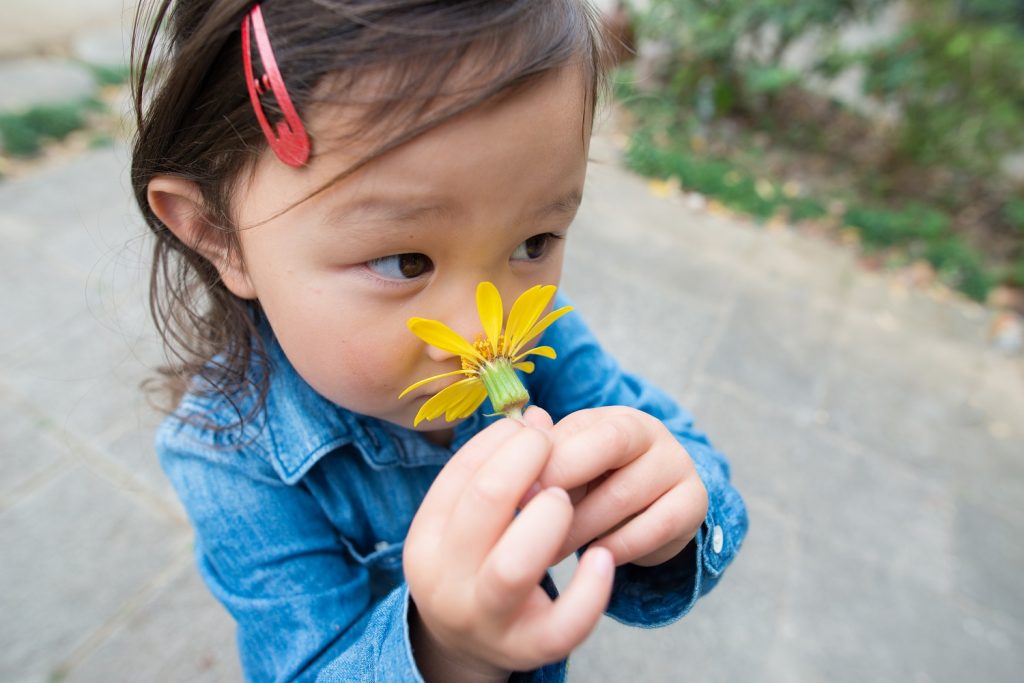
By Laura Funk, Occupational Therapist
A child who has a heightened sense of smell may react negatively to any new smell or the intensity of a smell. A child with a diminished sense of smell may require very strong odors to register their presence.
The following activities are helpful to those children experiencing Sensory Processing Disorder related to smell or olfactory function. The goal is to help the child adjust to their environment through exposure to variety of appropriate sensory activities in a calm, playful manner to help to alleviate some of these problems. As always, you should discuss this with your healthcare professional and choose activities that are most appropriate for your child’s specific needs.
Learn more about teli Early Intervention Services, or get connected today.
